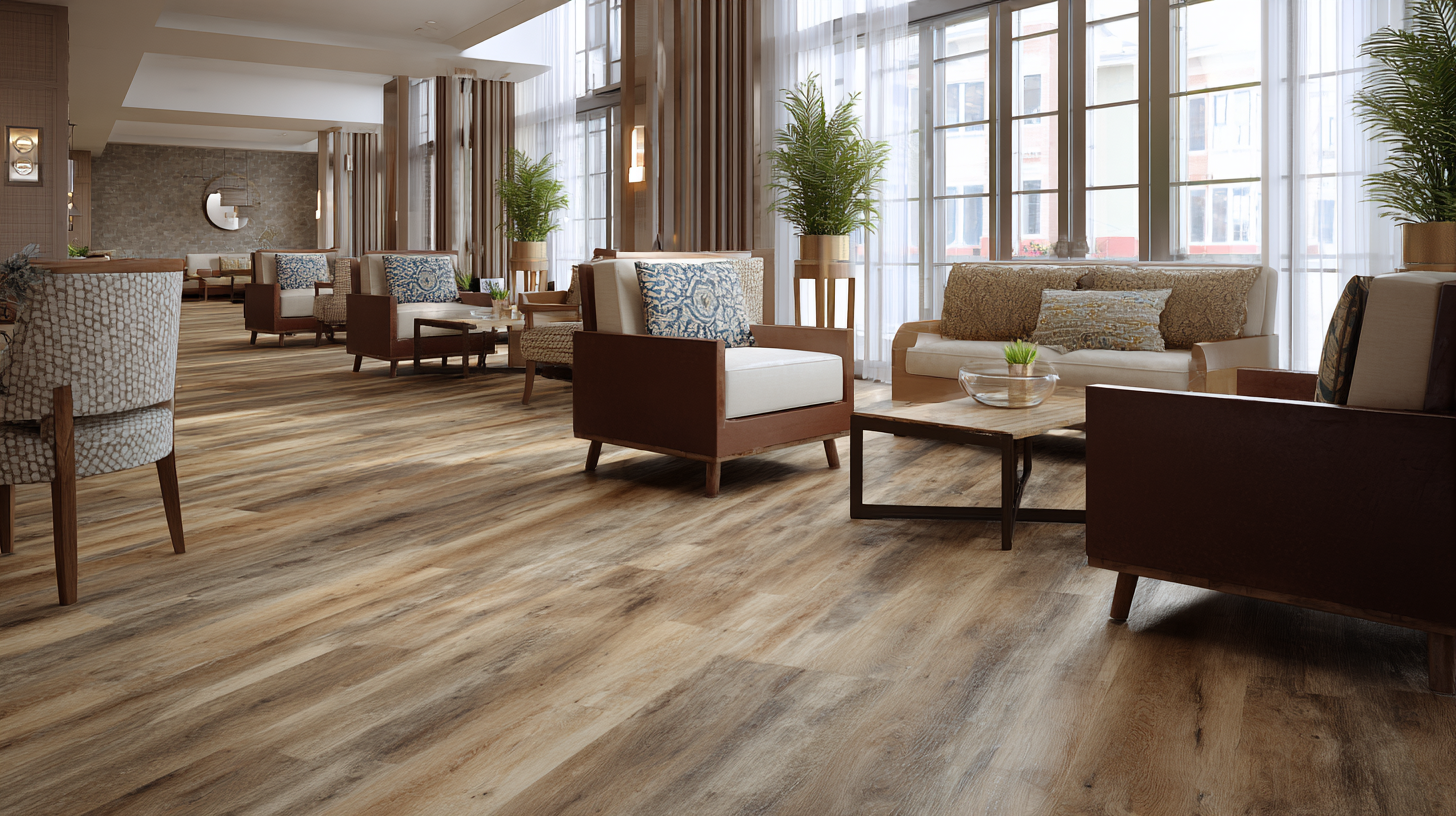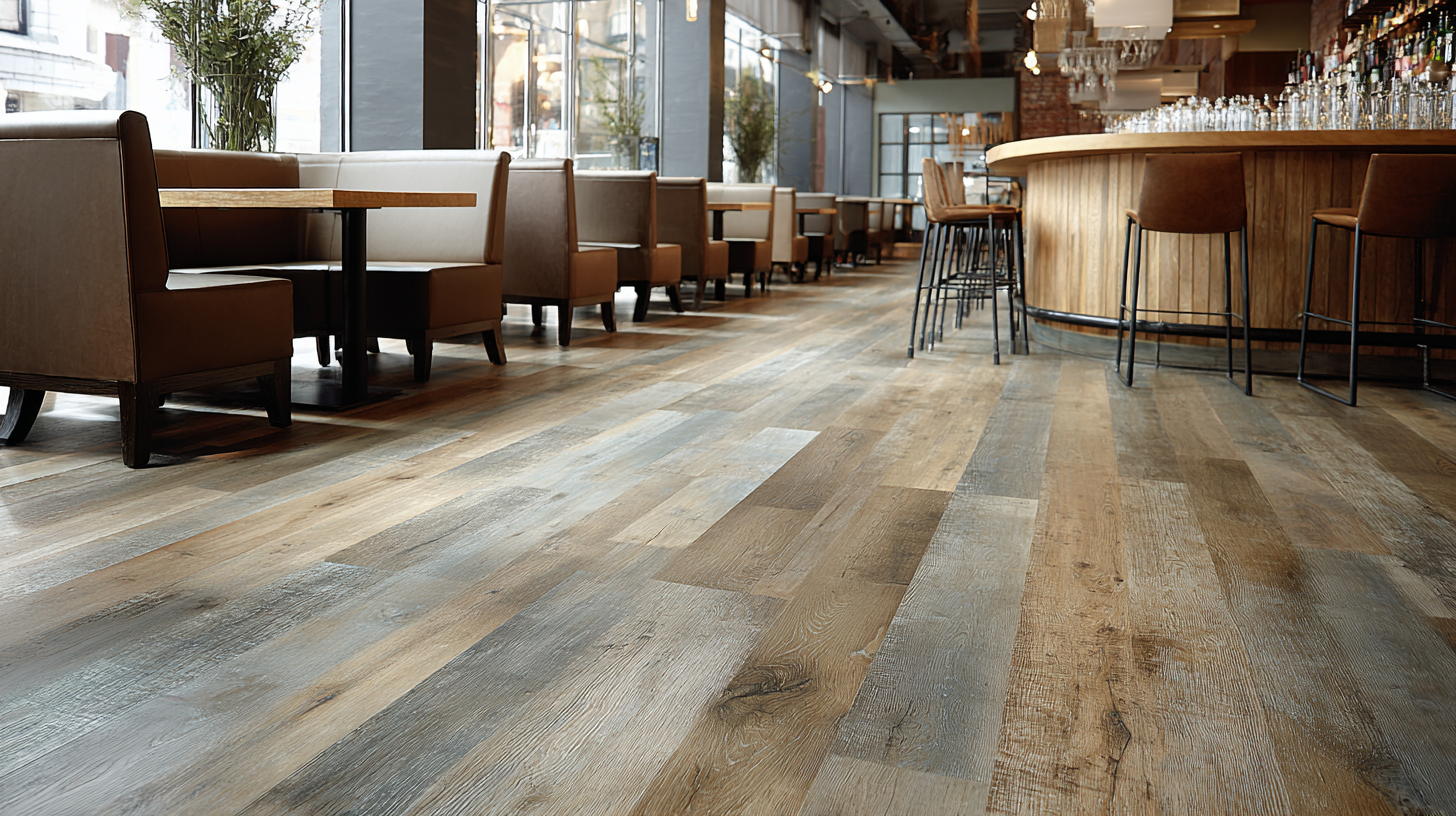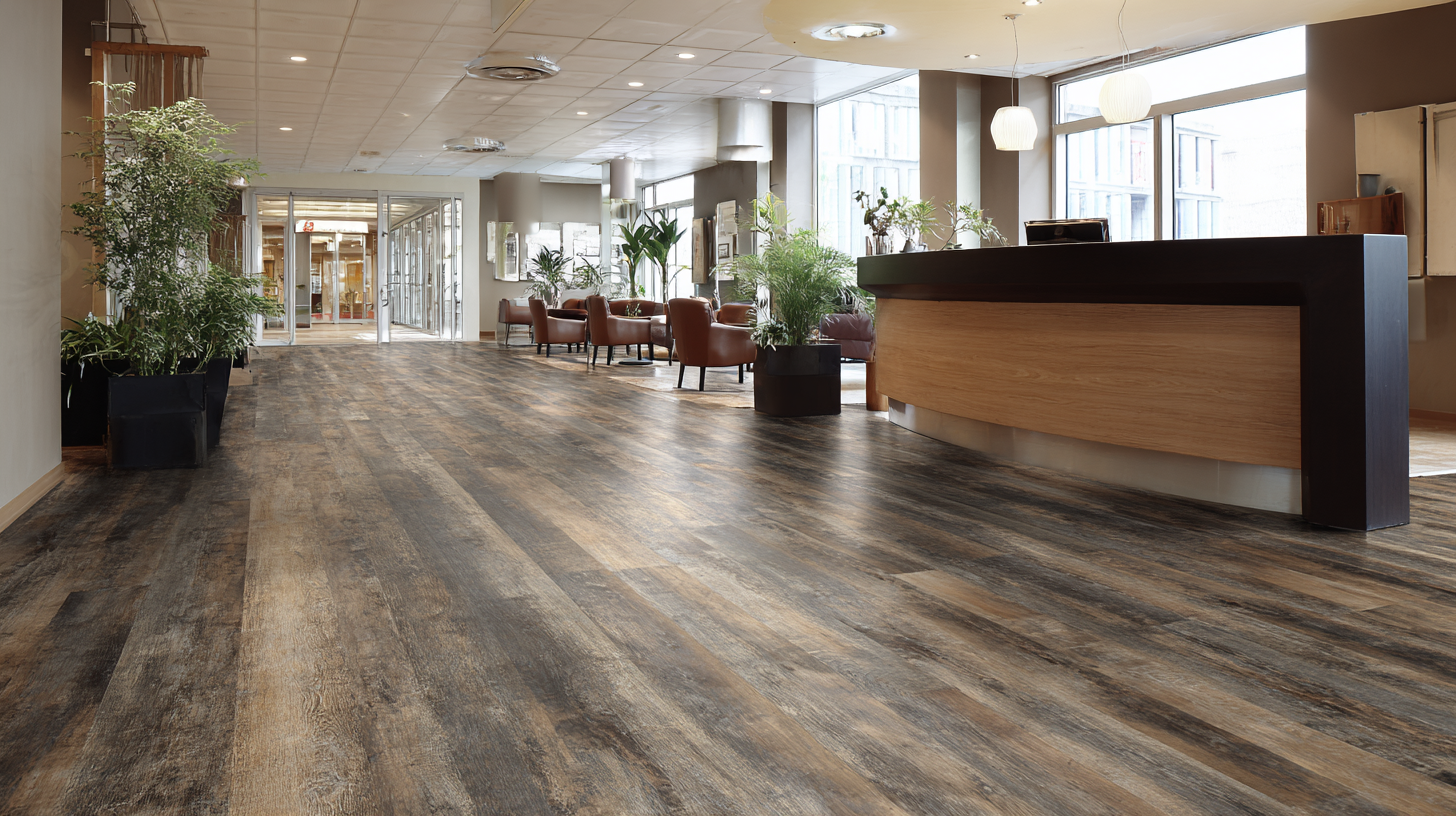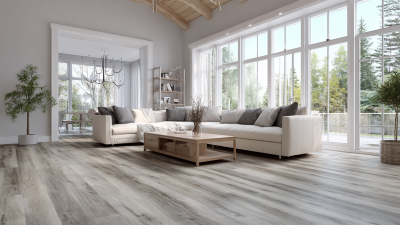In high-traffic areas, the choice of flooring is crucial not only for aesthetics but also for safety. Slip Resistant Vinyl Flooring has emerged as a popular solution due to its unique combination of style and functionality. According to a report by the National Floor Safety Institute, slip and fall accidents account for over 8 million emergency room visits each year, with flooring-related incidents being a significant contributor. With the availability of slip-resistant options, facilities can significantly reduce these risks, promoting a safer environment without compromising design. Furthermore, as an increasing number of consumers prioritize safety in their purchasing decisions, the demand for slip resistant vinyl flooring has risen sharply, with market research indicating a projected growth rate of over 5% annually in the coming years. This guide will provide insights into how to select the best slip resistant vinyl flooring for your specific needs, ensuring that your space remains both safe and stylish.

When selecting slip resistant vinyl flooring for high traffic areas, there are several key factors to consider to ensure both safety and style. First, the coefficient of friction (COF) is crucial; this measurement indicates how slip resistant the flooring will be under wet or dry conditions. Look for products with a COF rating of at least 0.6 for optimal safety. Additionally, consider the surface texture of the vinyl. Options with embossed or textured finishes can enhance grip, reducing the likelihood of slips and falls.
Durability is another important aspect to evaluate. High traffic areas require flooring that can withstand significant wear and tear. Choose vinyl flooring that is thick and has a strong wear layer to resist scratches, dents, and staining. A design that mimics natural materials while providing the necessary slip resistance can also elevate the aesthetic appeal of the space. Lastly, color and design play a vital role in maintaining a stylish environment. Opt for colors and patterns that can hide minor dirt or wear while still complementing the overall decor. Balancing these factors will help you achieve a safe and attractive flooring solution for any high traffic area.

When choosing slip resistant vinyl flooring for high traffic areas, understanding slip resistance ratings is crucial for ensuring safety. The coefficient of friction (COF) is a key factor, with a rating of 0.6 or higher recommended for commercial environments, according to the American Society for Testing and Materials (ASTM). High traffic areas, such as entryways and kitchens, demand flooring that can withstand not only heavy footfall but also exposure to moisture and spills. A well-chosen slip resistant vinyl can significantly reduce the risk of falls and injuries.
In addition to COF ratings, considering the texture and finish of the flooring is essential. Research indicates that surfaces with enhanced texture provide better grip, thereby improving slip resistance. The National Floor Safety Institute (NFSI) emphasizes that selecting flooring with appropriate slip resistance helps minimize accidents, which is vital for both residential and commercial settings. Investing in slip resistant vinyl flooring not only enhances safety but contributes to a stylish and functional environment, making it a wise choice for areas where both aesthetics and practicality are paramount.
 When selecting slip-resistant vinyl flooring for high-traffic areas, the texture and surface finish play crucial roles in ensuring safety and aesthetic appeal. According to a recent report by the Resilient Floor Covering Institute, textured surfaces can significantly enhance grip, reducing the likelihood of slips and falls in busy environments such as kitchens and entryways. Opting for a flooring option with a higher coefficient of friction is essential, particularly in spaces exposed to moisture, where accidents are more likely to occur.
When selecting slip-resistant vinyl flooring for high-traffic areas, the texture and surface finish play crucial roles in ensuring safety and aesthetic appeal. According to a recent report by the Resilient Floor Covering Institute, textured surfaces can significantly enhance grip, reducing the likelihood of slips and falls in busy environments such as kitchens and entryways. Opting for a flooring option with a higher coefficient of friction is essential, particularly in spaces exposed to moisture, where accidents are more likely to occur.
In addition to safety, aesthetic consideration is paramount. The vinyl flooring market has evolved, showcasing an array of styles that can complement any interior design theme. For example, embossed finishes not only provide a tactile surface but also mimic the look of natural materials, giving spaces a sophisticated feel without the upkeep headaches associated with them.
Tips: When choosing your slip-resistant vinyl, consider samples with various textures underfoot to determine what feels right for your space. Additionally, consulting with flooring professionals can help identify products that meet both safety requirements and design preferences, ensuring a cohesive look throughout your home.
When selecting slip-resistant vinyl flooring for high traffic areas, evaluating durability and maintenance needs is crucial. According to the Resilient Floor Covering Institute (RFCI), slip-resistant vinyl options can significantly reduce the risk of slips and falls, especially in spaces like kitchens, bathrooms, and commercial settings. Vinyl flooring is engineered to withstand heavy foot traffic, with many products featuring a wear layer thickness of 20 mil or more, ensuring longevity and maintenance ease.
Maintenance is another aspect to consider. A study by the International Journal of Flooring Design highlights that slip-resistant vinyl flooring requires minimal upkeep compared to other flooring types, making it an attractive choice for busy environments. Regular cleaning with a damp mop and the occasional application of a floor polish can preserve its slip-resistant properties. Additionally, many manufacturers offer warranties up to 20 years, underscoring the durability and reliability of high-quality vinyl flooring. By focusing on these factors, property owners can ensure their chosen flooring not only enhances safety but also withstands the test of time in bustling spaces.
When selecting slip-resistant vinyl flooring for high traffic areas, a comparative analysis of cost versus benefits is essential. High traffic zones, such as commercial settings or busy households, demand flooring solutions that not only withstand significant wear and tear but also provide a safe environment. While the upfront cost of premium slip-resistant vinyl may be higher than standard options, the long-term benefits—reduced accidents, lower maintenance costs, and enhanced durability—often justify this investment.
In examining the cost benefits, it’s crucial to consider the potential expenses associated with accidents resulting from slippery floors. Medical costs and liability claims can far exceed the initial savings from cheaper flooring alternatives. Furthermore, slip-resistant vinyl is designed to maintain its appearance and functionality over time, lowering the need for frequent replacements. Ultimately, selecting the right slip-resistant vinyl flooring is a decision that balances initial investment with the long-term safety and satisfaction of high traffic areas.
| Flooring Type | Cost per Sq Ft | Slip Resistance Rating | Durability Rating (years) | Maintenance Level |
|---|---|---|---|---|
| Textured Vinyl | $3.00 | R10 | 10 | Low |
| Wood Grain Vinyl | $2.50 | R9 | 8 | Medium |
| Sheet Vinyl | $2.00 | R10 | 12 | Low |
| Luxury Vinyl Tile (LVT) | $4.50 | R11 | 15 | Low |
| Vinyl Plank | $3.50 | R10 | 10 | Medium |






